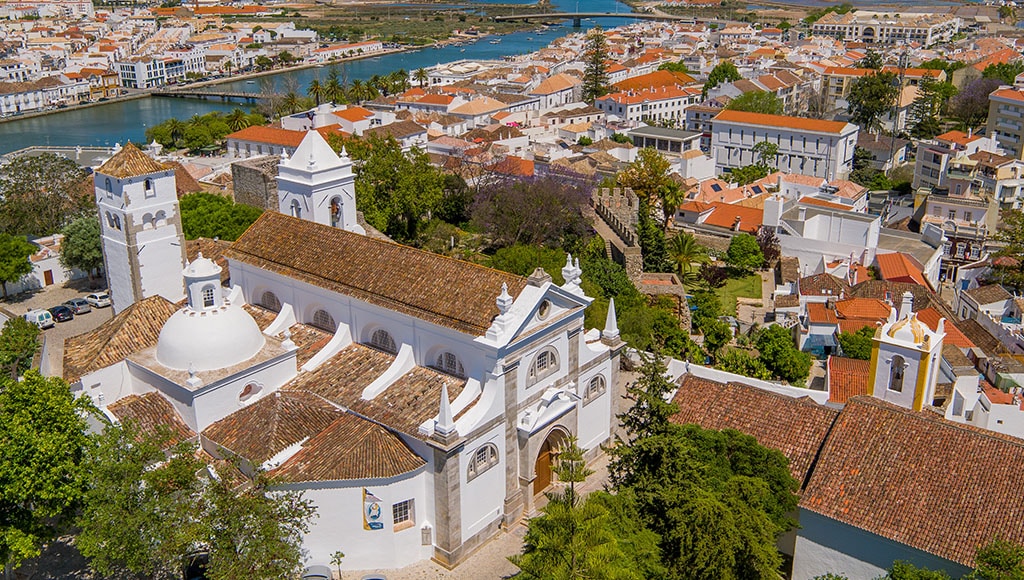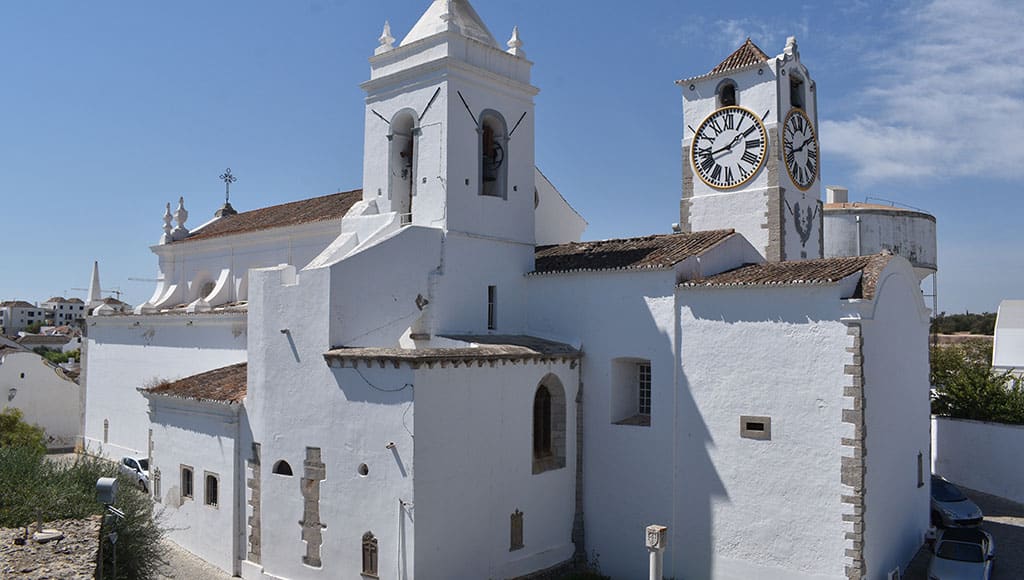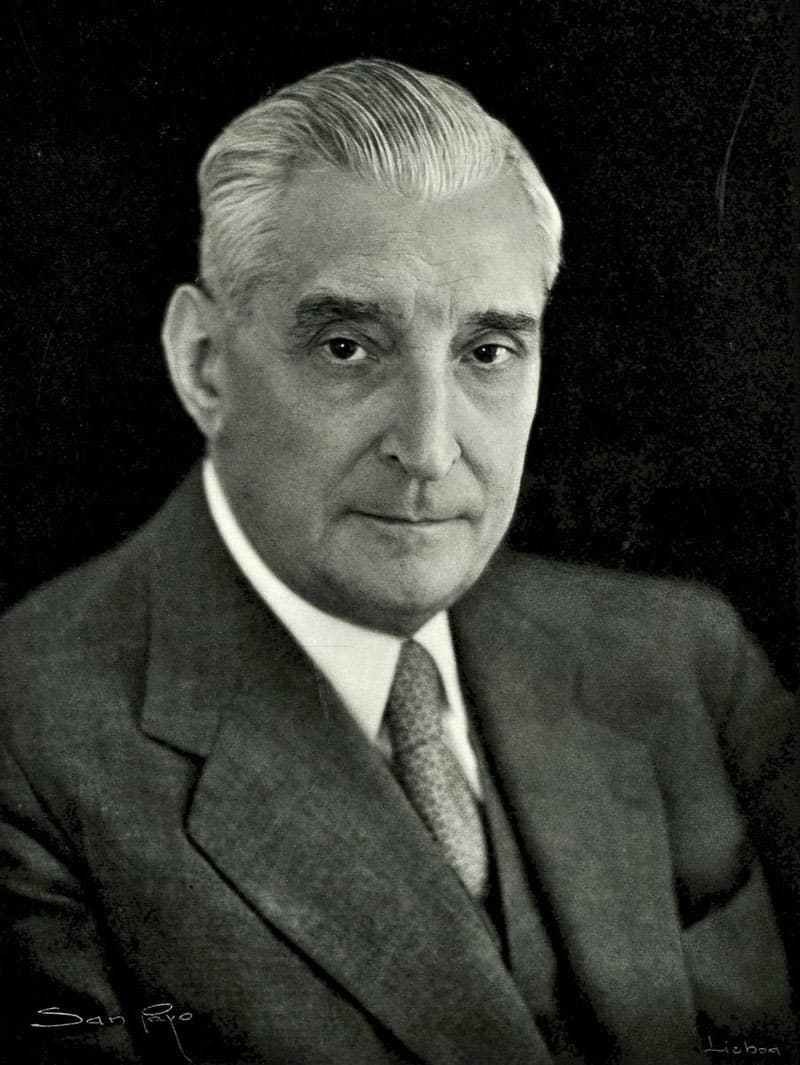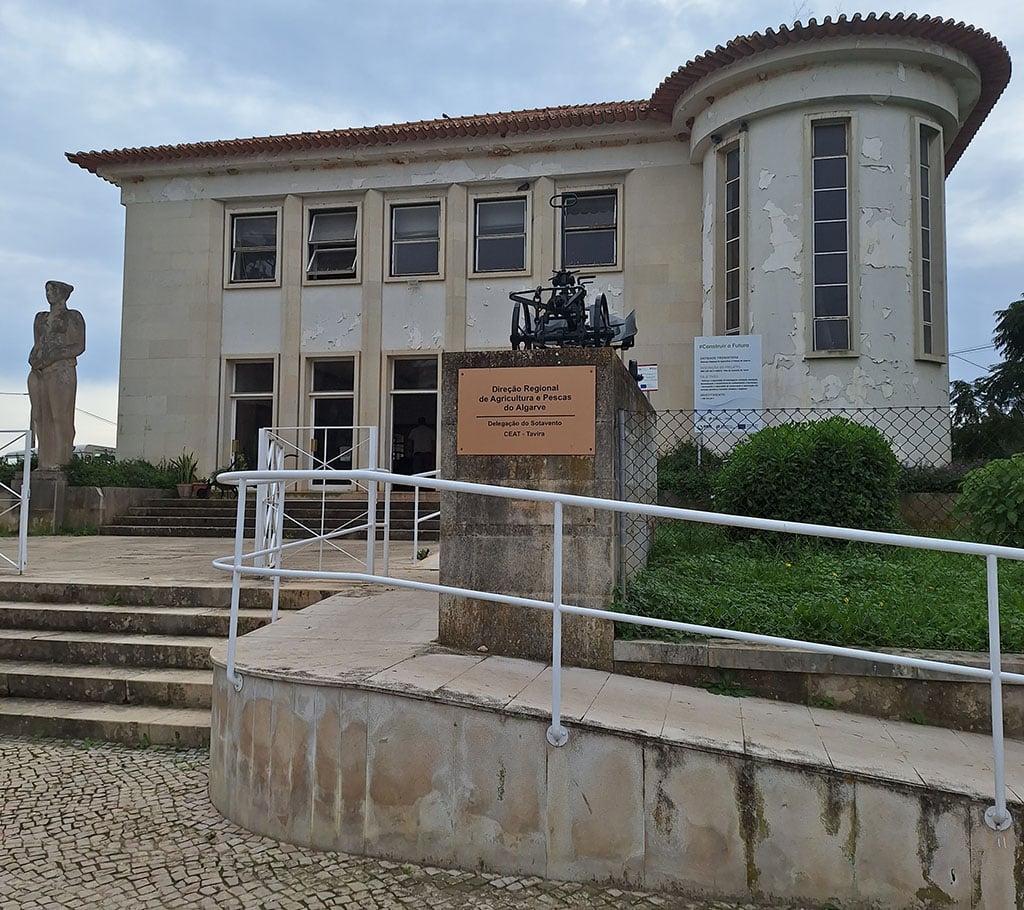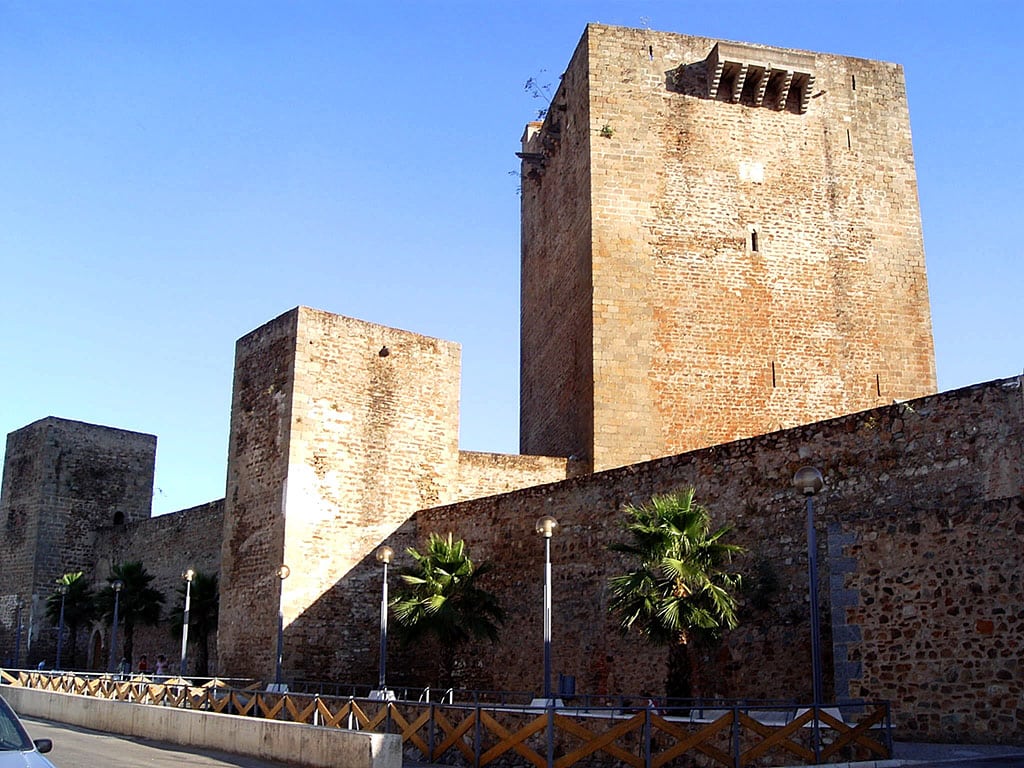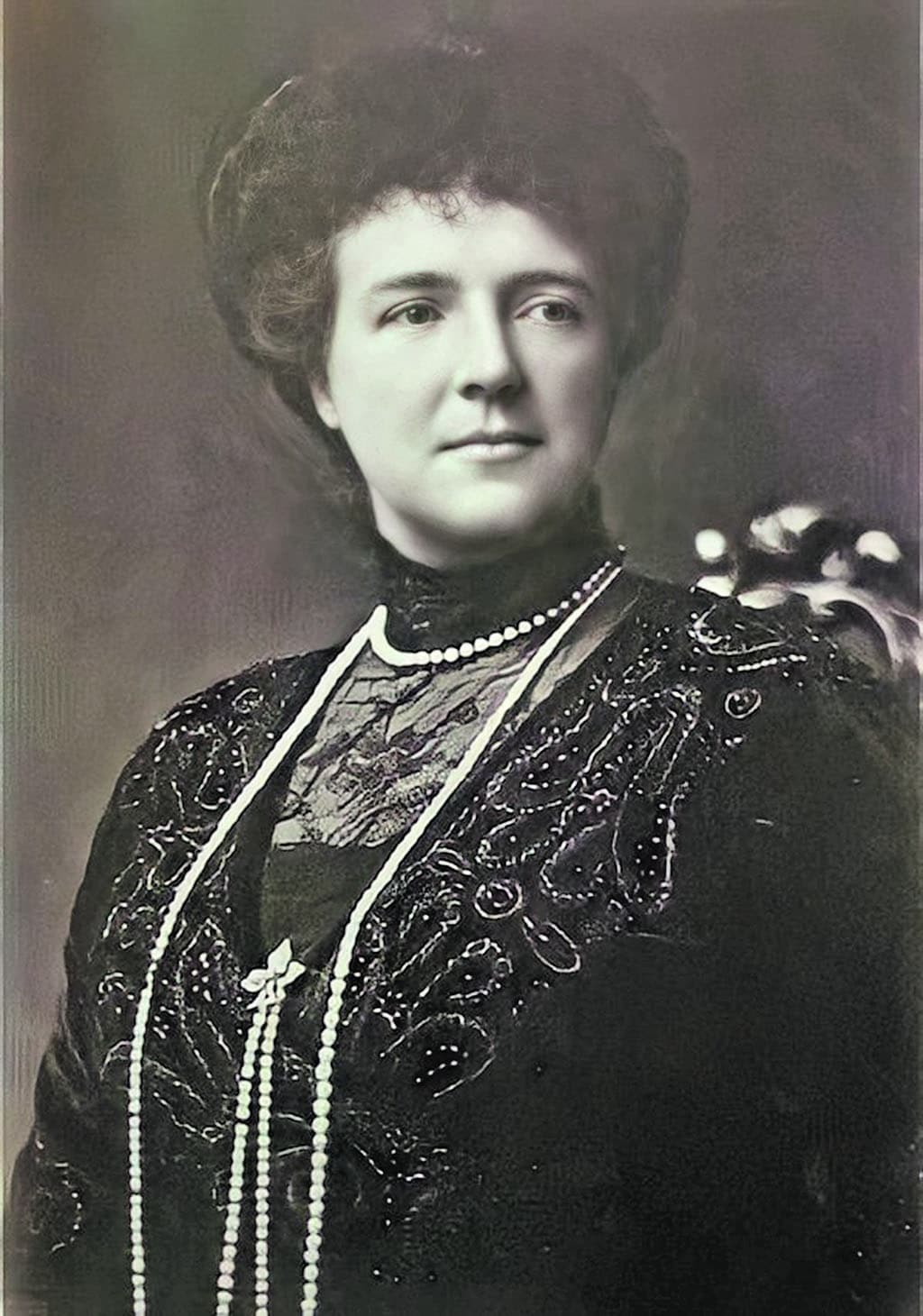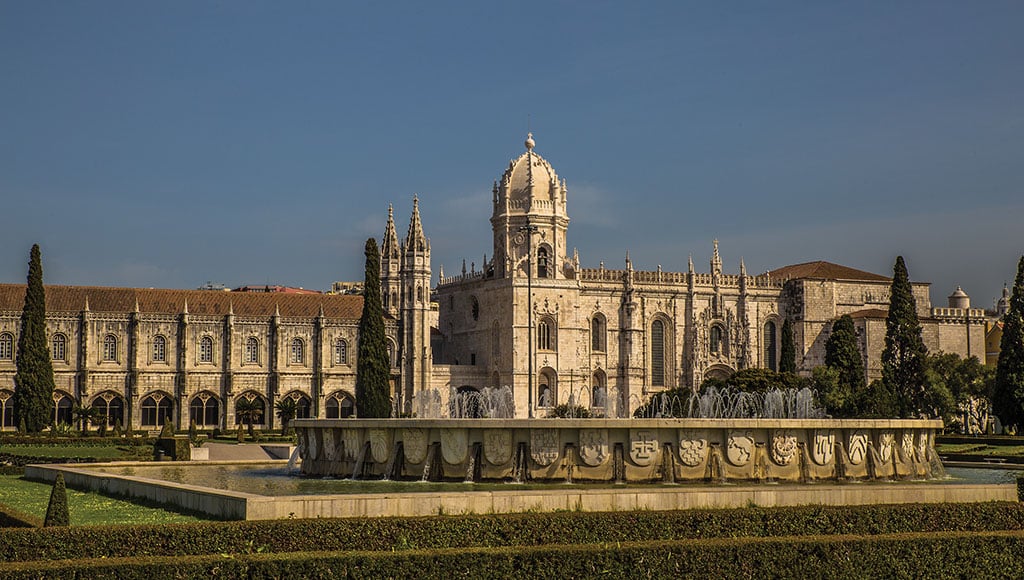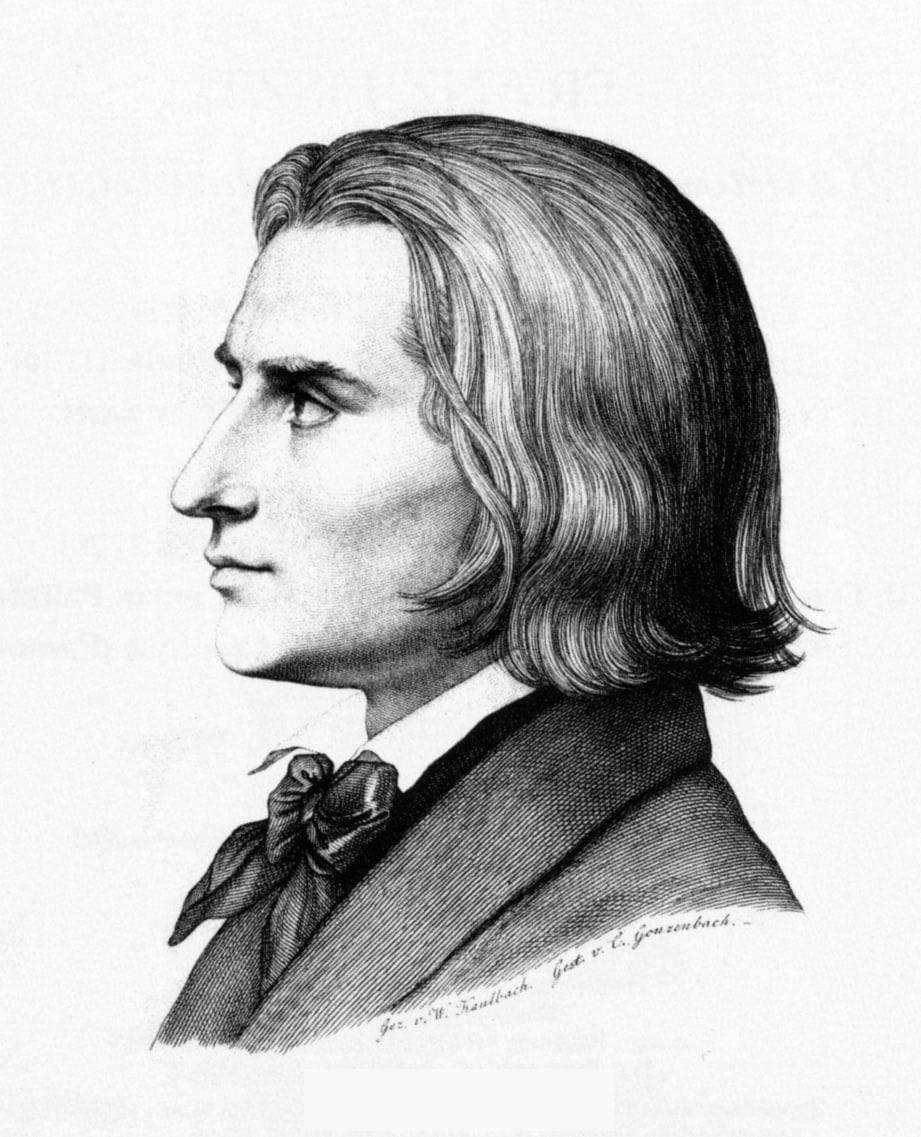The Parishes of Tavira – Part 2
When the Christian forces first conquered Tavira in 1242, they quickly transformed the town centre Friday mosque into the Parish Church (Igreja Matriz) of Santa Maria do Castelo. The foundation
The religious history of Tavira – Part 1
The churches of Tavira Although most towns and villages in the Middle Ages in Europe possessed only one church for every parish, in contrast to other Portuguese towns of a
Portugal in post-war Europe
The post-war world saw a process of European integration, from which Prime Minister Salazar realised that Portugal could not be excluded. This realisation was no dramatic conversion for him, but
The Algarve floods of 1894
The road-side flood marker as you descend the hill on the approach to Mértola from the south shows a scarcely believable record of the events in the valley of the
Three women, Tavira and the Carnation Revolution
Flora Marking its past as a garrison town, the bronze statue of a young woman on the roundabout opposite the railway station in Tavira waves goodbye to her soldier husband
Olivença – the Portuguese Gibraltar?
It is commonly asserted that Portugal´s international borders are the oldest in Europe. The Wikipedia entry on Portugal shows, “Founded in 1143, its current borders were established in 1297, among the
D João II (1455-1481–1495)
Why should we remember this extraordinary king from more than 500 years ago? Why is he known in Portuguese history as the Perfect Prince? Why did the government of Salazar’s dictatorship choose
Dona Maria Amélia, the last Queen Consort of Portugal
Over its eight centuries of monarchy, Portugal enjoyed the services of four French royal consorts, the last of whom was Amélia de Orleães. Her experience was perhaps the unhappiest of
Buildings that commemorate power in Portugal
Ever since the beginning of time, the founders of a new state have stamped their mastery on the built environment. New political masters are determined that their government will be
Lisztomania – Liszt in Lisbon
It is commonly thought that the adulation accorded to pop stars in the 1960s was a new phenomenon. But the 1840s witnessed similar outbursts of crowd behaviour on the appearance


